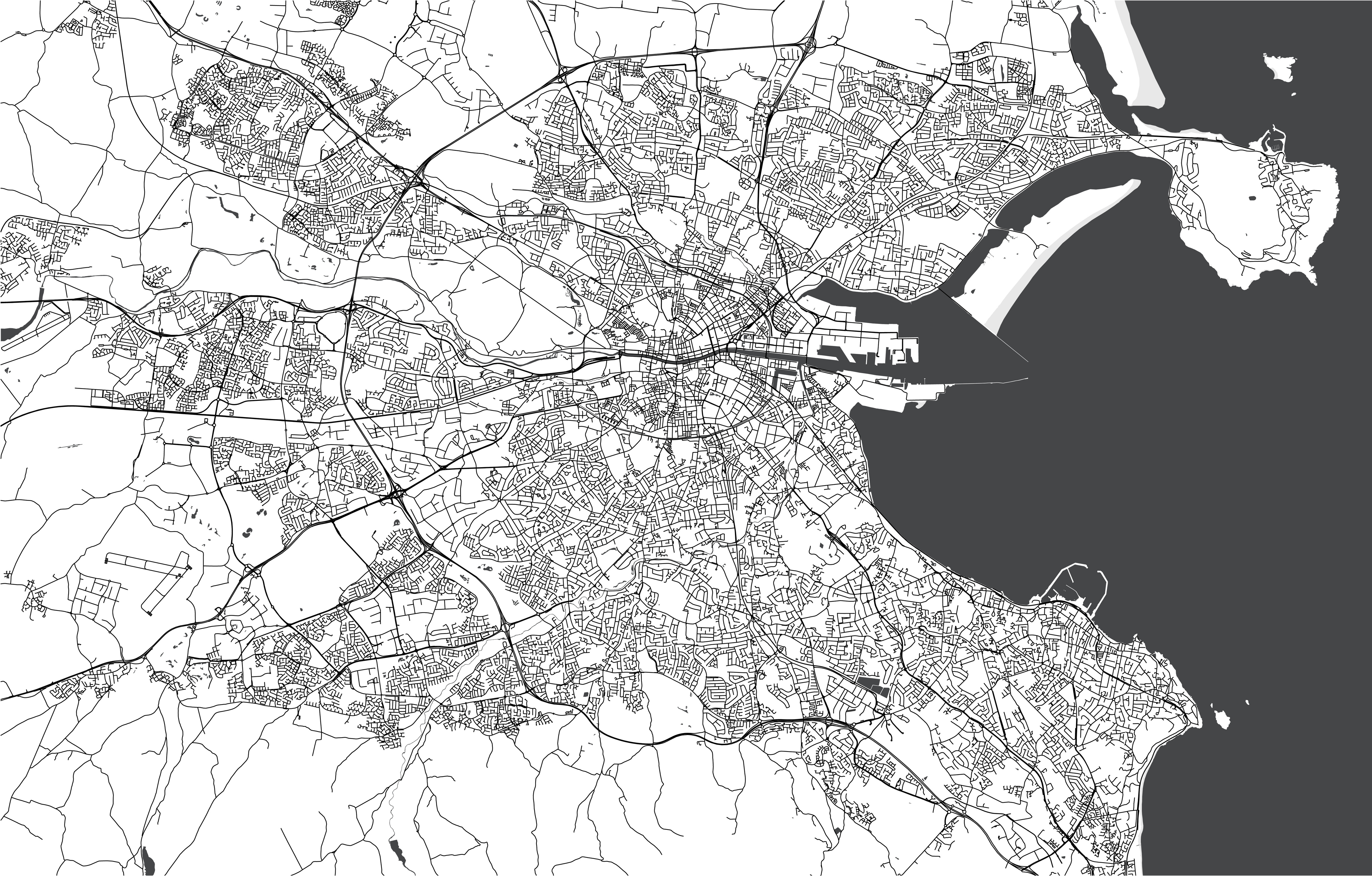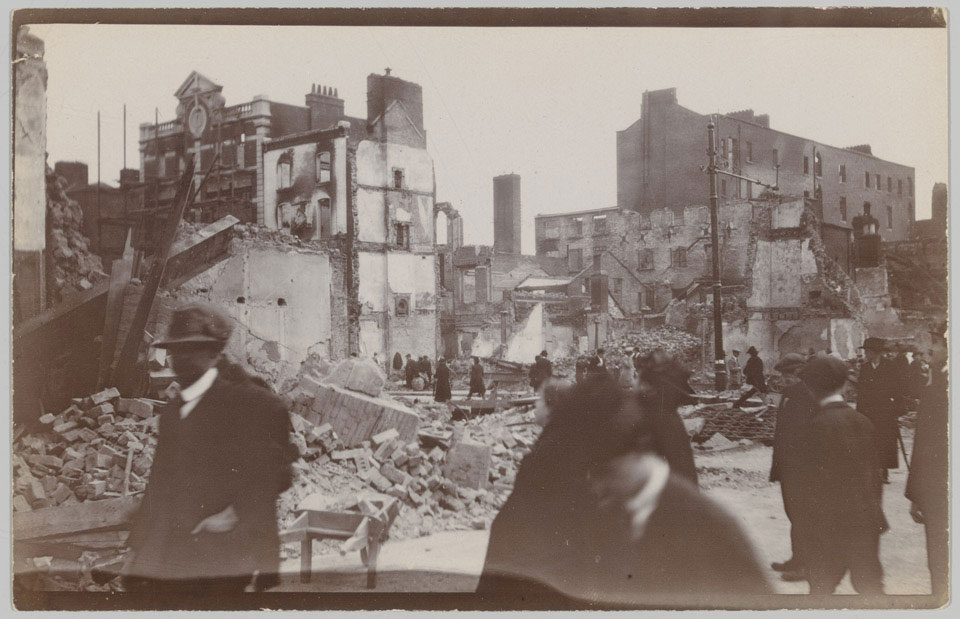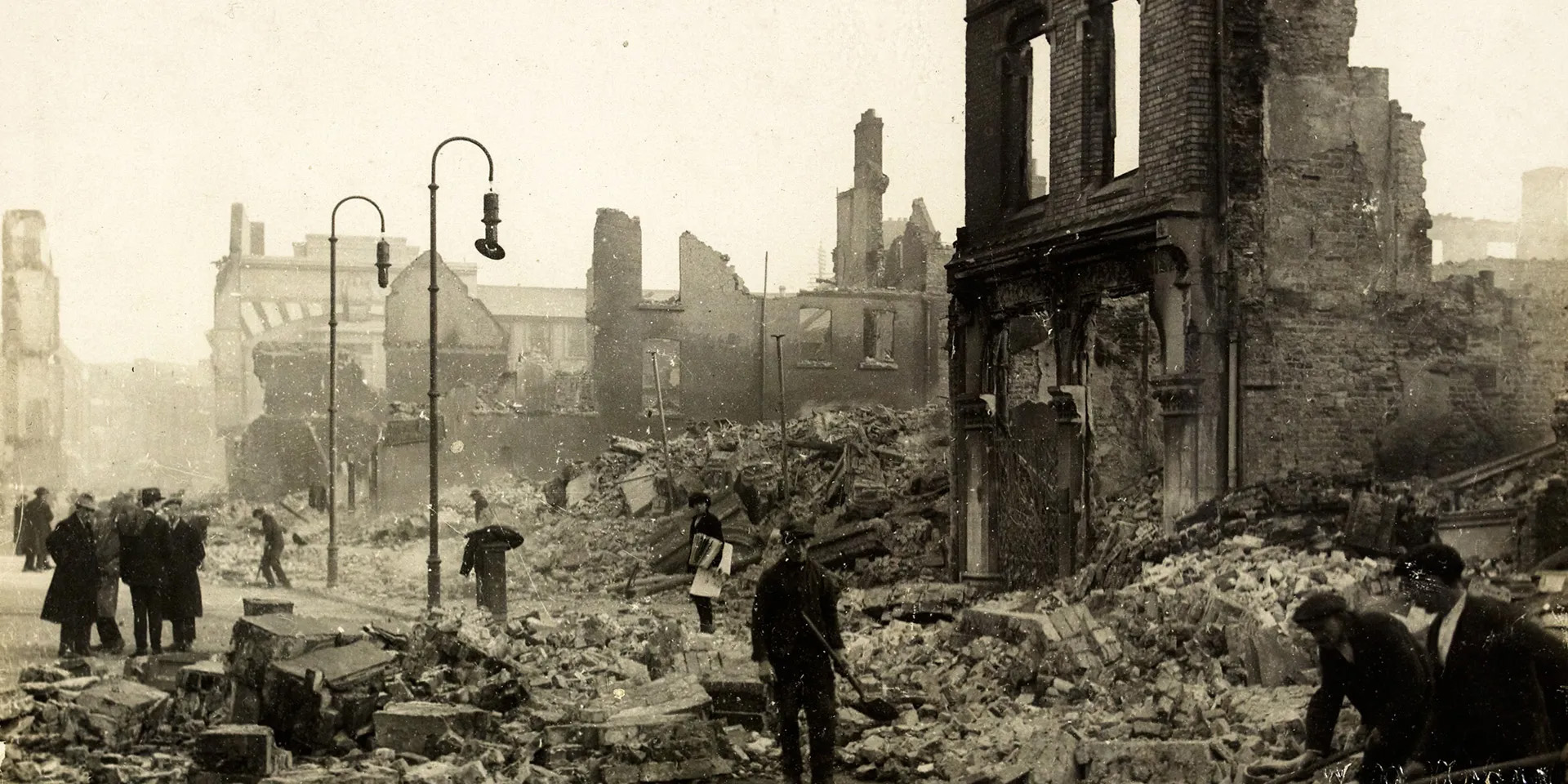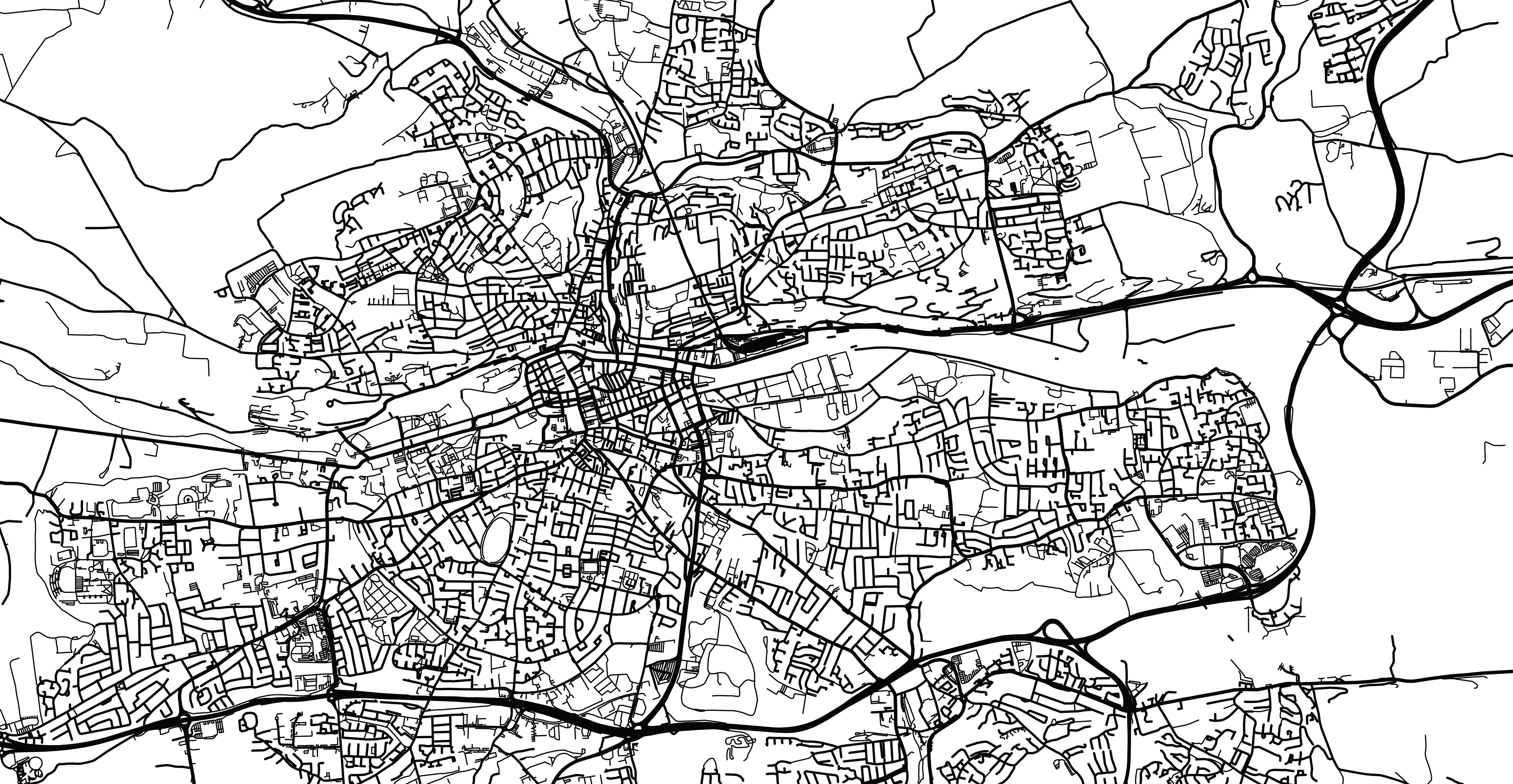Interactive Map of Key Events
Hover over the marked locations to learn about significant events from the Irish War of Independence.
Dublin

 Easter Rising
Easter Rising
The Easter Rising of 1916 was a pivotal rebellion in Dublin, igniting Ireland’s quest for independence from British rule. Though swiftly suppressed, it inspired a movement that reshaped Ireland’s future.
Read More Bloody Sunday
Bloody Sunday
On 21 November 1920, Collins’s squad successfully targeted 20 military intelligence officers in the city of Dublin. Fourteen were killed and six were wounded. That afternoon, a massacre ensued at Croke Park football ground, where a group of Auxiliaries fired indiscriminately into the crowd, killing 14 and wounding over 60.
Read More Burning of the Customs House
Burning of the Customs House
On May 25, 1921, the IRA set fire to Dublin's Customs House, a symbol of British rule in Ireland. The attack was meant to disrupt British administration but resulted in significant IRA casualties and arrests. Despite the setbacks, it highlighted the lengths the IRA was willing to go in their fight for independence.
Read More First Dáil Éireann
First Dáil Éireann
On January 21, 1919, the First Dáil Éireann convened at the Mansion House in Dublin, marking Ireland's declaration of independence from British rule. This historic meeting was a defining moment in the Irish struggle for sovereignty.
Read MoreCork

 The Assassination of Collins
The Assassination of Collins
In August 1922, Michael Collins was ambushed and killed by anti-treaty forces at Béal na Bláth, County Cork, during the Irish Civil War. His death marked a pivotal moment in Ireland’s struggle for independence, deepening the divide within the country.
Read More The Burning of Cork
The Burning of Cork
In December 1920, British forces retaliated against IRA activity by burning much of Cork city, causing widespread destruction and hardship. This brutal act intensified Irish resistance and became a powerful symbol of British oppression.
Read More